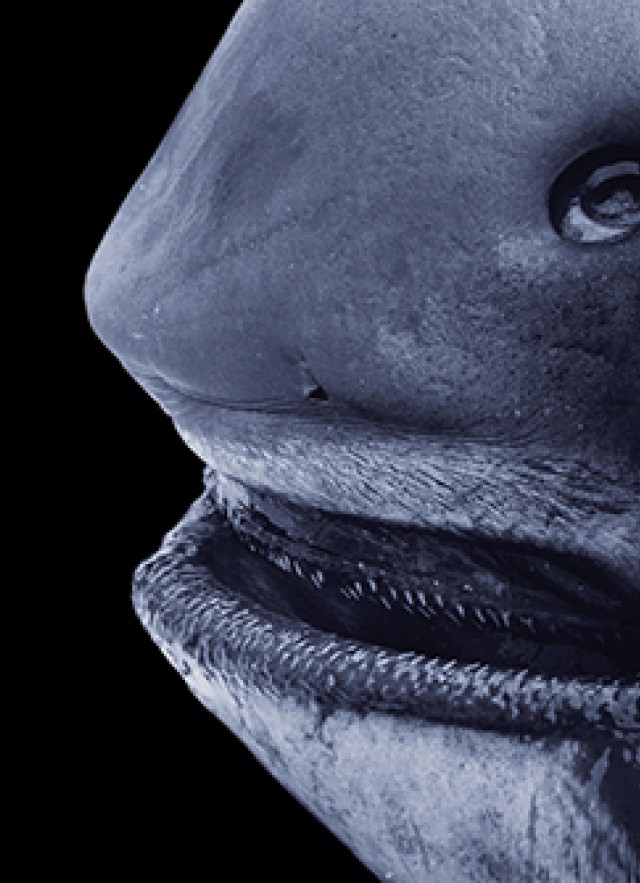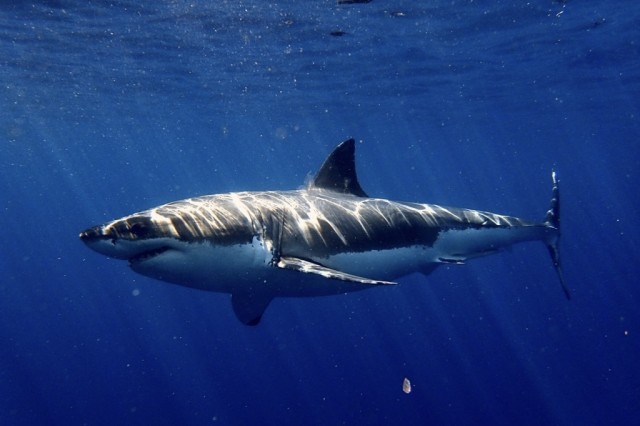The Hart Museum remains closed. Los Angeles County has approved a plan to transfer the William S. Hart Museum and Park from the County to the City of Santa Clarita.

There are glow-in-the-dark sharks darting around the ocean, but Megachasmas—a fish you can see on display in the Museum's Grand Foyer—isn't one of them. So why then, scientists wanted to know, are megamouth's lips so luminous?
“The backstory is that megamouth sharks were thought to be bioluminescent, capable of producing light to attract prey,” says Todd Clardy, NHM’s Ichthyology Collections Manager, summarizing a 2020 study. “However, when scientists investigated further, they found there is no bioluminescent tissue in the mouths of megamouths. Instead, it's their planktonic prey that make light.”
The sharks, which inhabit deep waters (down to 500 ft.) during the daytime and rise to near the surface at night, have a special band of scales around their mouths that are also highly reflective, so any light from plankton or sunlight will be reflected in this region. Clardy said: “Basically, megamouth sharks wear glowing plankton-like lipstick to attract prey.”
Basically, megamouth sharks wear glowing plankton-like lipstick to attract prey.
Todd Clardy, NHM's Ichthyology Collections Manager

© 2020 Duchatelet et al.
The mouth of the megamouth shark glows because the plankton they feed on are bioluminescent, according to a 2020 article.

The Museum’s specimen of this supersize but harmless shark—it feeds only on small shrimp-like animals and jellyfish—was hauled up near Catalina Island in 1984. Museum staffers analyzed it (a procedure that started in the east parking lot), then preserved it for display.
1 of 1
The mouth of the megamouth shark glows because the plankton they feed on are bioluminescent, according to a 2020 article.
© 2020 Duchatelet et al.
The Museum’s specimen of this supersize but harmless shark—it feeds only on small shrimp-like animals and jellyfish—was hauled up near Catalina Island in 1984. Museum staffers analyzed it (a procedure that started in the east parking lot), then preserved it for display.
